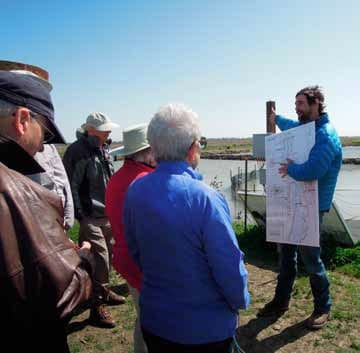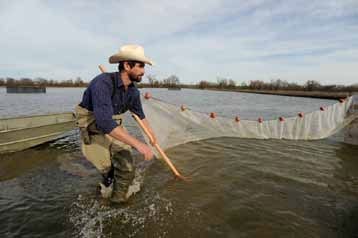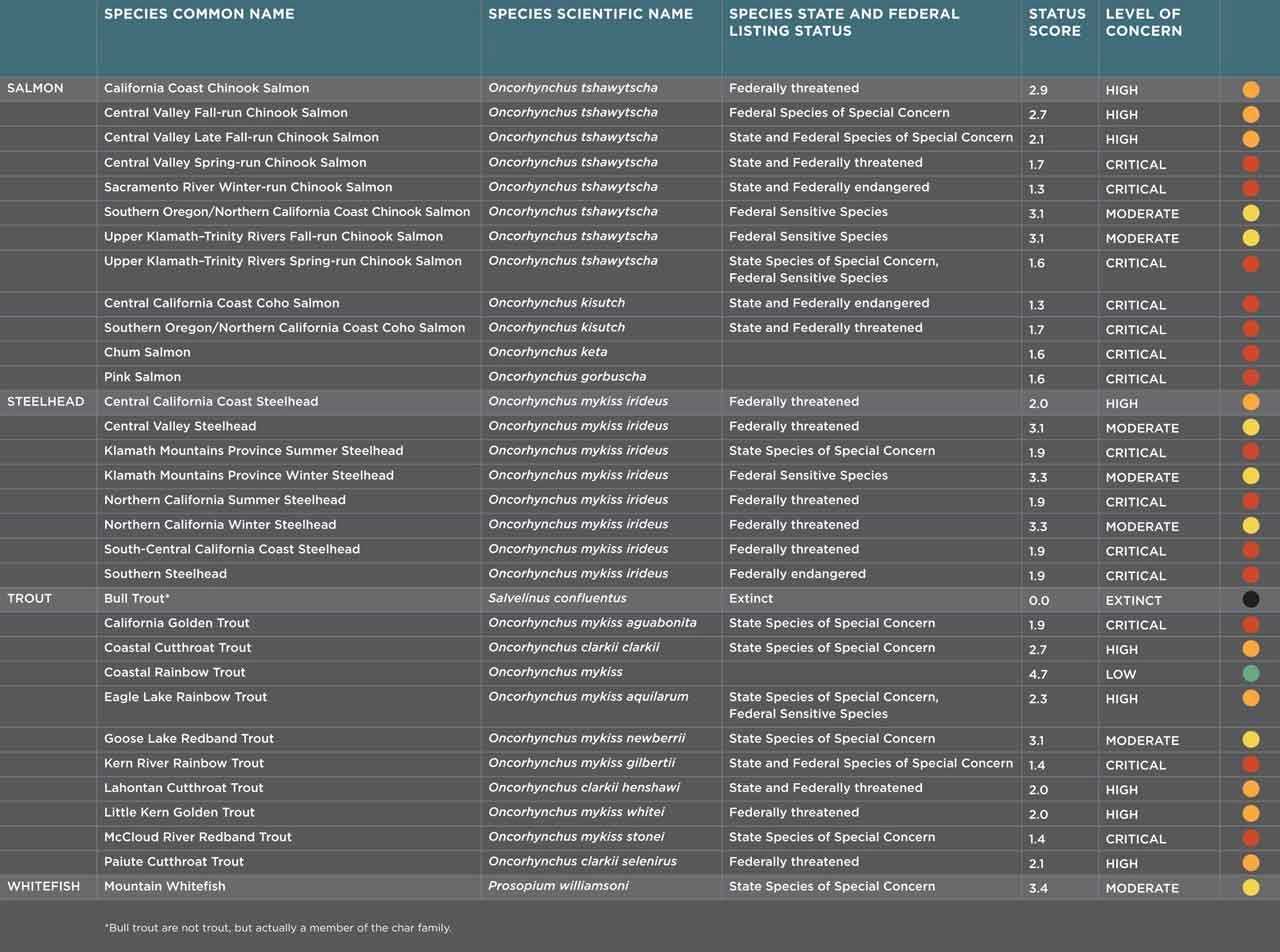Salmon Habitat on Rice Fields – A Model for Ag, Flood Protection, and Fish
The California Central Valley was once dominated by marshes that flanked the Sacramento River and its tributaries. During most winters, the valley’s rivers overflowed their banks and spread out, creating a vast seasonal wetland. The valley hosted one of the largest and most genetically and phenotypically diverse stock of Chinook salmon on the Pacific coast.

Explaining the project
This was likely a function of a highly productive rearing habitat — one sheltered from the main river current and presented with rich food resources. In these wetlands, salmon grew large and strong, greatly increasing their probability of returning to spawn. Today, only 5% of these floodplain habitats remain — meaning that most young, natural salmon are isolated from prime spawning habitat and forced to remain in less productive main river current and habitat. The result is much smaller salmon when they reach the ocean than they would have been historically.

Gathering fish in the net, photo by Noah Berger
CalTrout, working closely with UC Davis, Cal Marsh and Farm Ventures LLC, and Knaggs Ranch LLC, is helping spearhead the Knagg’s Ranch project, a collaborative effort between farmers and researchers to help restore salmon populations by reintroducing them during winter to inundated floodplains that are farmed with rice during the summer.

Documenting growth of “floodplain fatties”
The Knaggs Ranch is an agricultural property in the Yolo bypass (outside of Sacramento). The project is funded cooperatively by Cal Marsh and Farm Ventures LLC, Knagg’s Ranch LLC, California Trout, Resources Legacy Fund, Department of Water Resources, the Santa Clara Valley Water District and the Metroplitan Water District.
Conservation Goals
- Optimize habitat benefits for salmon and water birds, while maintaining farming on the largest floodplain of the Sacramento-San Joaquin Delta, the 60,000-acre Yolo Bypass.
- Re-establish self-sustaining stocks of Chinook salmon in the Central Valley by allowing for:
– more rapid juvenile salmon growth
– delayed out-migration timing for juvenile salmon
– superior out-migration route
– improve survival rates and return rates of Chinook salmon.
Recent Accomplishments
- Proved, through a pilot test (flooding 5 acres) in 2011, that rearing in off-channel habitat results in rapid growth for juvenile Chinook salmon; juvenile salmon on average tripled in weight during the six-week experiment.
- Given the success of the small scale experiment, expanded the Knaggs Ranch study in 2013 by releasing 50,000 salmon fry (a.k.a. “floodplain fatties”) onto 20 acres of inundated rice fields at Knaggs Ranch. Again, initial results show growth rates are astounding. Results of this study will be released soon.
- Garnered significant interest and excitement around this project including substantial regional and national press coverage.
What We Will Accomplish in 2013-14
- Expand the program and demonstrate success can ultimately be achieved on a larger landscape level scale, approximately 2,500 acres.
- Secure funding and landowner agreements to achieve a 2,500-acre roll-out over five years.
Partners: UC Davis, Cal Marsh, Farm Ventures LLC, Knaggs Ranch LLC, Department of Water Resources
















 Dams block access to historical spawning and rearing habitats. Downstream, dams alter the timing, frequency, duration, magnitude, and rate of change of flows decreasing habitat quality and survival.
Dams block access to historical spawning and rearing habitats. Downstream, dams alter the timing, frequency, duration, magnitude, and rate of change of flows decreasing habitat quality and survival.